President Donald Trump and Elon Musk announced this week that SpaceX, the space exploration company founded by Musk, will be tasked with retrieving two NASA astronauts who have been stationed aboard the International Space Station (ISS) since June 2024.
“The POTUS has asked SpaceX to bring home the 2 astronauts stranded on the Space Station as soon as possible,” Musk tweeted on Tuesday. “We will do so. Terrible that the Biden administration left them there so long.”
Later that night, Trump confirmed Musk’s announcement and reiterated the claim that his administration was correcting an error made under the leadership of President Joe Biden. “I have just asked Elon Musk and SpaceX to ‘go get’ the 2 brave astronauts who have been virtually abandoned in space by the Biden Administration,” the president posted to Truth Social. “They have been waiting for many months on [the] Space Station. Elon will soon be on his way. Hopefully, all will be safe. Good luck Elon!!!”
NASA astronauts Barry “Butch” Wilmore and Sunita Williams are indeed scheduled to return from the International Space Station aboard SpaceX’s Crew-9 flight, but that is old news. Former NASA Administrator Bill Nelson—a Biden appointee who led the federal space agency from May 2021 through January of this year—announced in August 2024 Wilmore and Williams would return to Earth on SpaceX’s Crew-9 flight scheduled for February 2025.
That was not the original plan for the two astronauts. When Boeing’s Starliner spacecraft took off for the ISS with Wilmore and Williams in June 2024, the pair had been expecting only a weeklong getaway in space, not an eight-month layover. But the Starliner, which Boeing developed in collaboration with NASA, experienced technical problems on its first journey to the ISS with a human crew.
As The Morning Dispatch reported on Starliner and its crew at the time,
How did Wimore and Williams end up with such an extended stay 250 miles above sea level? Their June launch and flight went smoothly, but when it came time to dock at the ISS, several of the Starliner’s 28 thrusters failed to operate. The thrusters are part of the craft’s Reaction Control System (RCS) that enables it to maneuver in orbit. The system generally fires frequently in short bursts to steer the craft, and five of the thrusters malfunctioned when approaching the ISS, prompting a delay in docking—with some adjustments, the crew was ultimately able to dock without further incident.
…
Having a few RCS thrusters go out isn’t necessarily a catastrophic failure. The Starliner’s four main engines, which have been in working order so far, would provide the power to get the aircraft home, but NASA requires confidence that enough of the thrusters are working sufficiently to keep Starliner on the right trajectory for reentry and landing.
NASA initially delayed Wilmore and Williams’ return on the Starliner to run additional testing. “We are strategically using the extra time to clear a path for some critical station activities while completing readiness for Butch and Suni’s return on Starliner,” NASA’s commercial crew program manager, Steven Stich, said on June 21. Despite technical difficulties, Sich said at a press conference later that week, “Our plan is to return them on Starliner.”
But as the days rolled by, confidence in Starliner’s ability to safely return the astronauts waned. In a decision announced on August 24, NASA stressed there was no need for “accepting more risk than necessary for its crew,” and announced that the Starliner would return without Wilmore and Williams, who would instead return on SpaceX’s Crew-9 flight in February 2025. “Starliner is a very capable spacecraft,” Sich said at the time. “Ultimately, this comes down to needing a higher level of certainty to perform a crewed return.”
Starliner did return to Earth crewless in mid-September and, two weeks later, SpaceX’s Crew-9 flight—aboard its four-seater Dragon spacecraft, with two seats left empty for Wilmore and Williams—successfully launched and journeyed to the ISS.
SpaceX’s Crew-9 flight to the ISS was not initiated in response to the Starliner’s difficulties. The mission had initially been scheduled to journey to the ISS in August 2024, but delayed its departure by a month and narrowed its crew to two astronauts, including a Russian cosmonaut, to accommodate the return of Wilmore and Williams. Still, the plan for the two astronauts’ return aboard SpaceX’s Dragon was announced during the Biden administration, and the spacecraft bringing them home arrived at the ISS while Biden was still president. The Trump-led NASA will oversee that mission’s completion.
If you have a claim you would like to see us fact check, please send us an email at factcheck@thedispatch.com. If you would like to suggest a correction to this piece or any other Dispatch article, please email corrections@thedispatch.com.
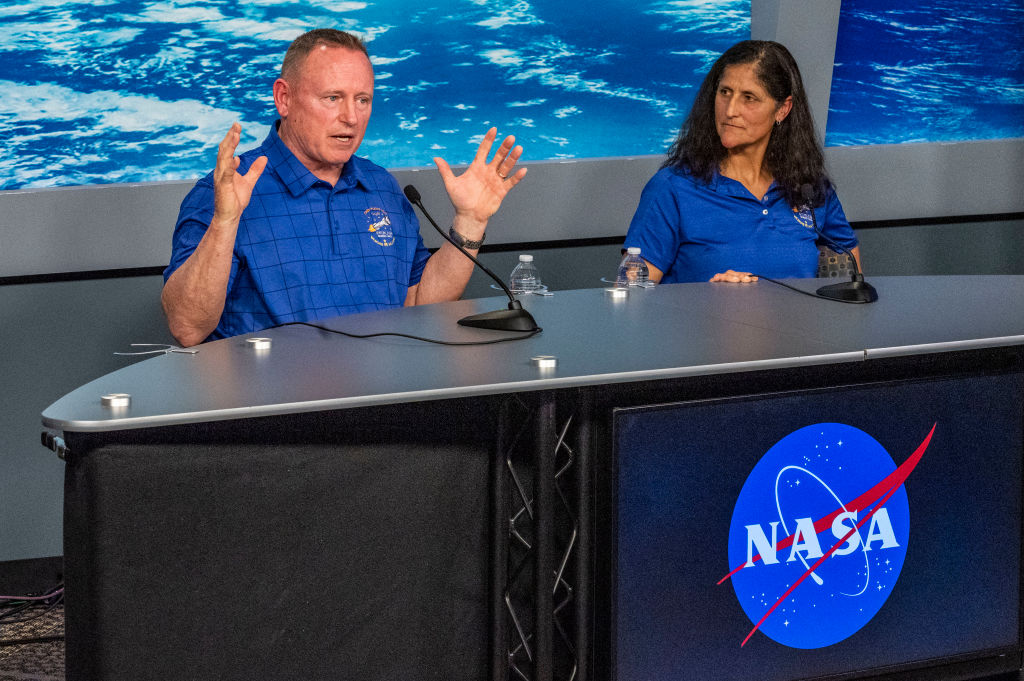

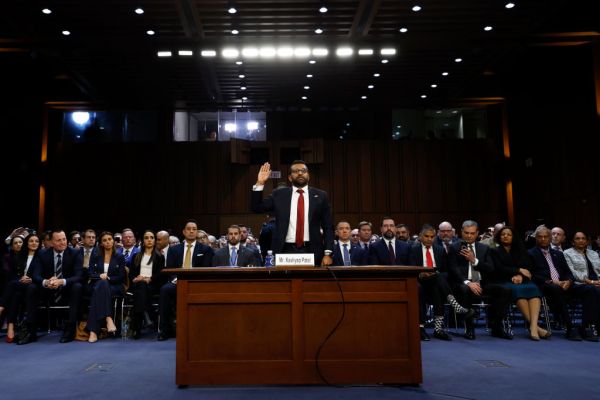
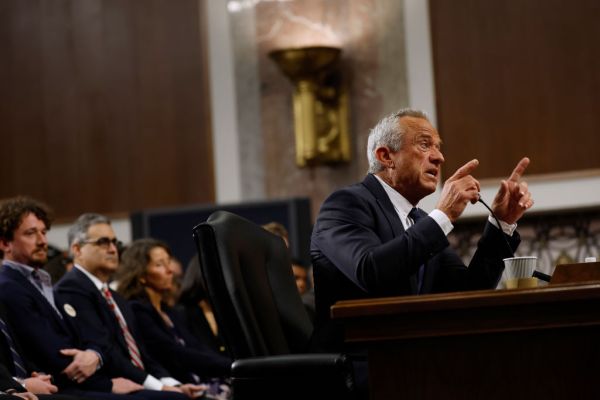
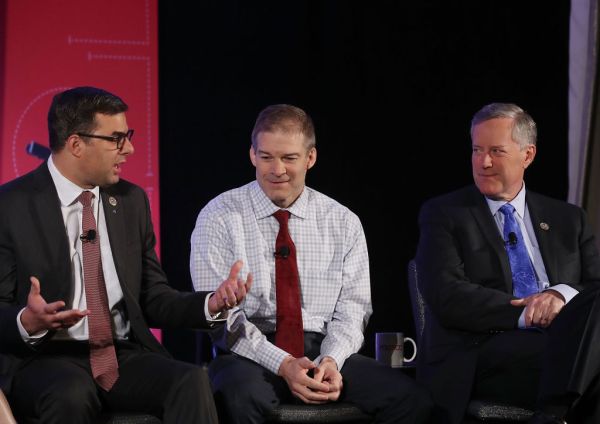
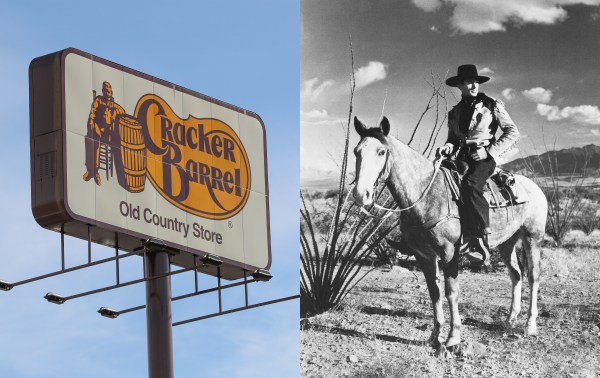
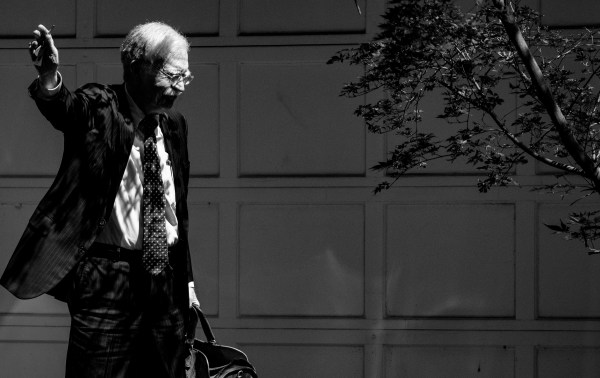
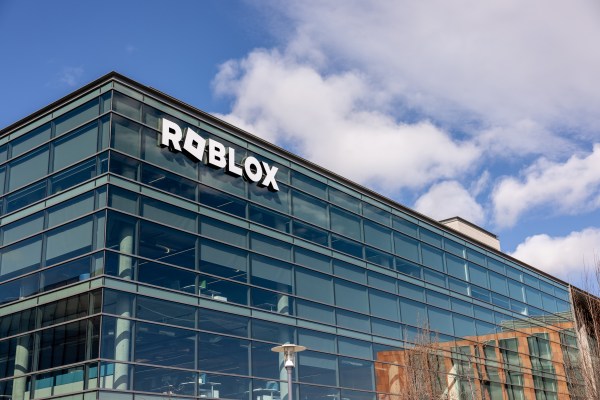
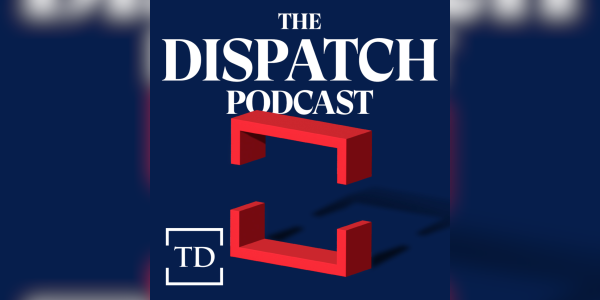

Please note that we at The Dispatch hold ourselves, our work, and our commenters to a higher standard than other places on the internet. We welcome comments that foster genuine debate or discussion—including comments critical of us or our work—but responses that include ad hominem attacks on fellow Dispatch members or are intended to stoke fear and anger may be moderated.
With your membership, you only have the ability to comment on The Morning Dispatch articles. Consider upgrading to join the conversation everywhere.